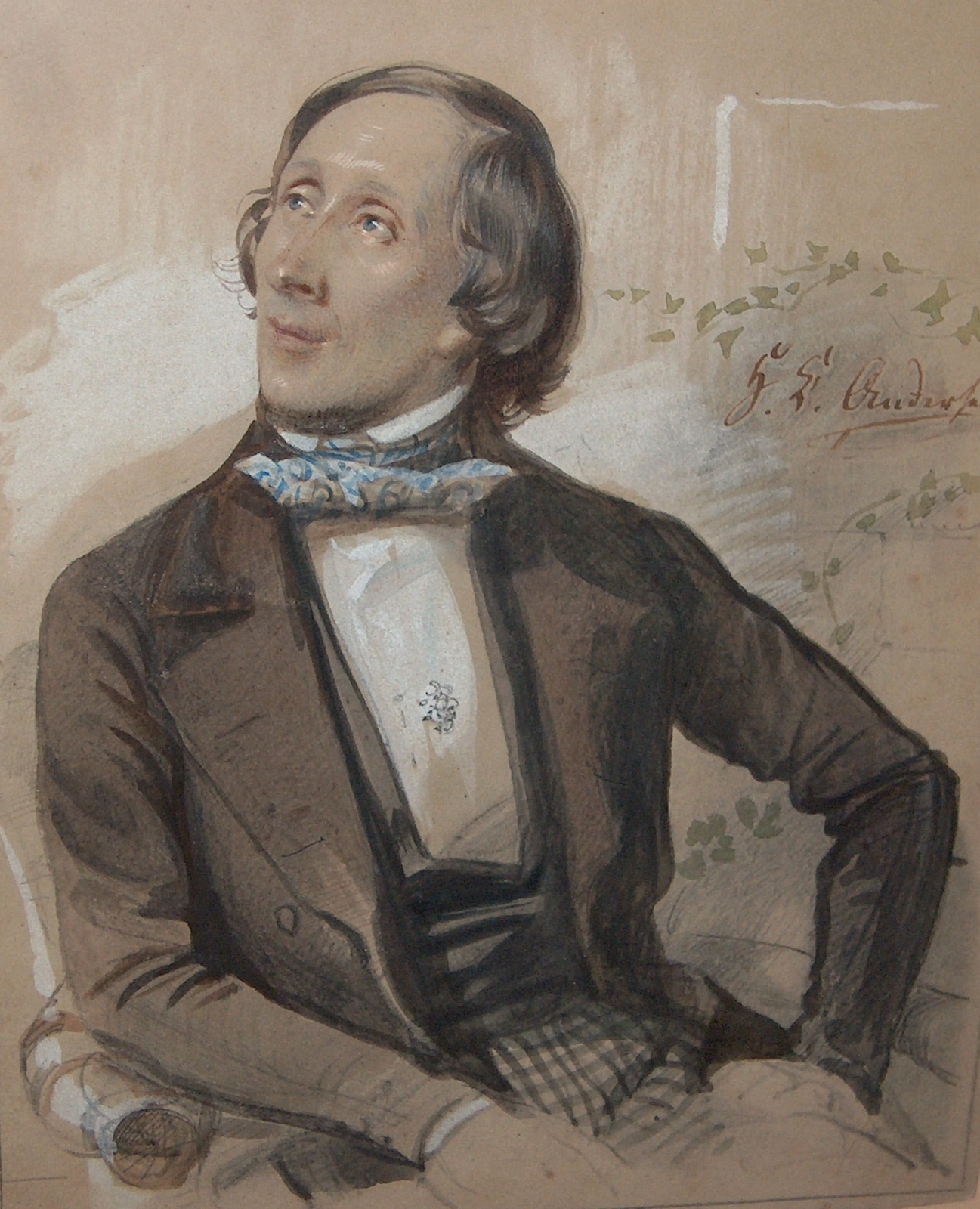Andersen was well aware of the irony that he, who really despised “the nobility of the blood” and believed in “the nobility of the mind”, should be so pleased to spend so much time with the Danish aristocratic families in their beautiful manors and castles. His dilemma was the dilemma of the goblin in his own story “The Goblin at the Grocer’s”, who came to realize that his heart lay with the poor student in the attic and that this was where he really belonged. But then he had second thoughts about moving up there: “I can’t give up the grocer altogether, because of the cream and the butter ,” and the story ends philosophically: “That was quite like a human being. We, too, have to go to the grocer for the cream and the butter.”
Andersen went to his aristocratic friends “for the cream and the butter”, but his heart was not with them. And yet he had lost contact with the social class from which he came and a sudden confrontation with social outcasts was liable to frighten him. He wrote in his diary on June 26, 1850: ” A nasty vagabond stood near the spring, I had a feeling tha the might know who I was and might tell me something unpleasant, as if I were a pariah moved up into a higher caste.
